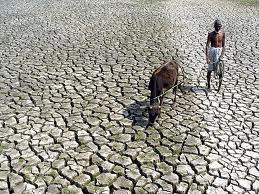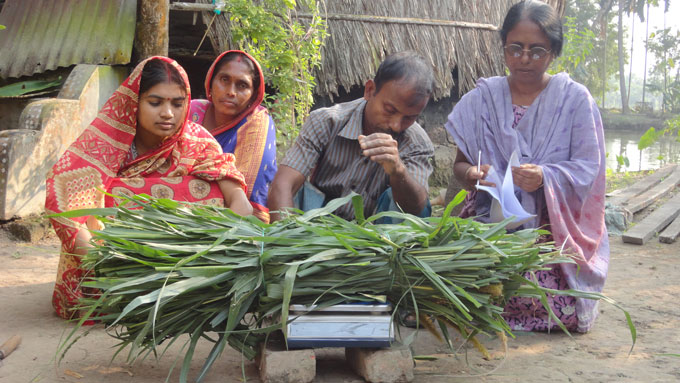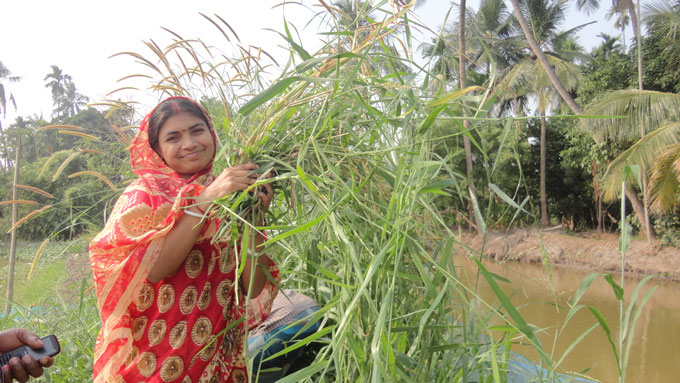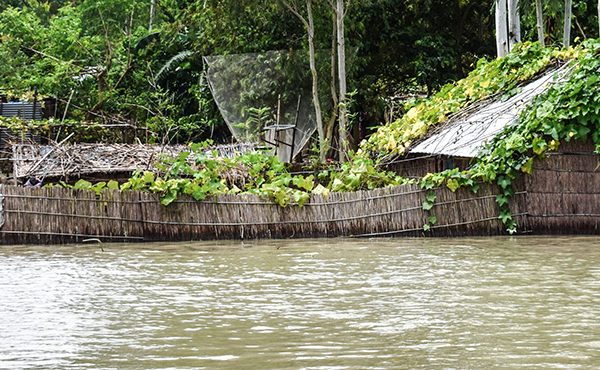Farmer-led research in increasing fodder availability in the South
Reading Time: 2 minutes
In smallholder agriculture, innovation is the driving force for the improvement of farming systems. It is especially important for the development of adoption strategies to cope with constantly changing production and market conditions. Farmers have always been experimenting with new ideas and practices for locally adapted innovations. A number of approaches have been established to understand and support the important potential of smallholder farmers as innovators. These approaches provide participatory methods to identify and promote locally derived innovations.
In smallholder agriculture, innovation is the driving force for the improvement of farming systems. It is especially important for the development of adoption strategies to cope with constantly changing production and market conditions. Farmers have always been experimenting with new ideas and practices for locally adapted innovations. A number of approaches have been established to understand and support the important potential of smallholder farmers as innovators. These approaches provide participatory methods to identify and promote locally derived innovations.
Due to the non-availability of good quality feed and fodder, the production of milk and health status of livestock is very low in coastal areas of Bangladesh.
This can be attributed to the lack of knowledge on suitable forage species, their agro-technology and availability of seed or planting materials. Community-based participatory action research on the sustainability of fodder crops in the coastal zone of Bangladesh was implemented by BRAC Agriculture and Food Security Programme (AFSP) and WorldFish. Community-led participatory action research has been an important pursuit under which research is being done by the community. Technologies are then transferred to the farmers through the methodologies. The key objectives were to develop the skills and innovation capacity of farmers and increase benefits from environmentally sustainable increases in system productivity. Additionally the goal is to raise socio-ecological resilience and adaptive capacity, while reducing gender disparities in controlling resources and decision making. It is also important to improve policies and institutions to empower farmers through effective knowledge sharing and learning.
The target group includes poor and marginalised farmers and livestock pastoralists – especially rural women. Almost 200 households were involved directly in the action research to compare the productive efficiency and the sustainability of three different fodders (ie, napier, para and jambo grass) and the selection of what is considered most suitable for coastal regions.
Farmers carried out research activities and record-keeping under the guidance of the research support team. Jambo grass produced the highest fresh yield followed by the other two variants. However, subsequent harvesting carried out found para grass was better in wet and submerged areas with slightly better tolerance for soil salinity. Napier and jambo grass were more suitable in sunny and highland areas.
Before the intervention, the concept of fodder cultivation was alien to the farmers, and only a handful cultivated fodder for their cattle. The fodder requirement was generally met from wild grass grown on fallow land. Thus milk production used to decrease by over 50 per cent in the summer months due to fodder scarcity in the villages.
After the inception, some of the participants have started selling fodder at their village market. About 96 per cent of the direct beneficiaries are interested in further expanding fodder cultivation.
It is expected that this initiative will have a very significant impact on the subsistence rural economy. This can also improve social status and reduce gender disparities, particularly among the rural poor/landless populations, depending upon livestock rearing.
This community-based research strengthens local capacities for a continuing process of adaptation, as it empowers rural communities to plan for and cope with impacts of fodder for livestock both now and in the future.









